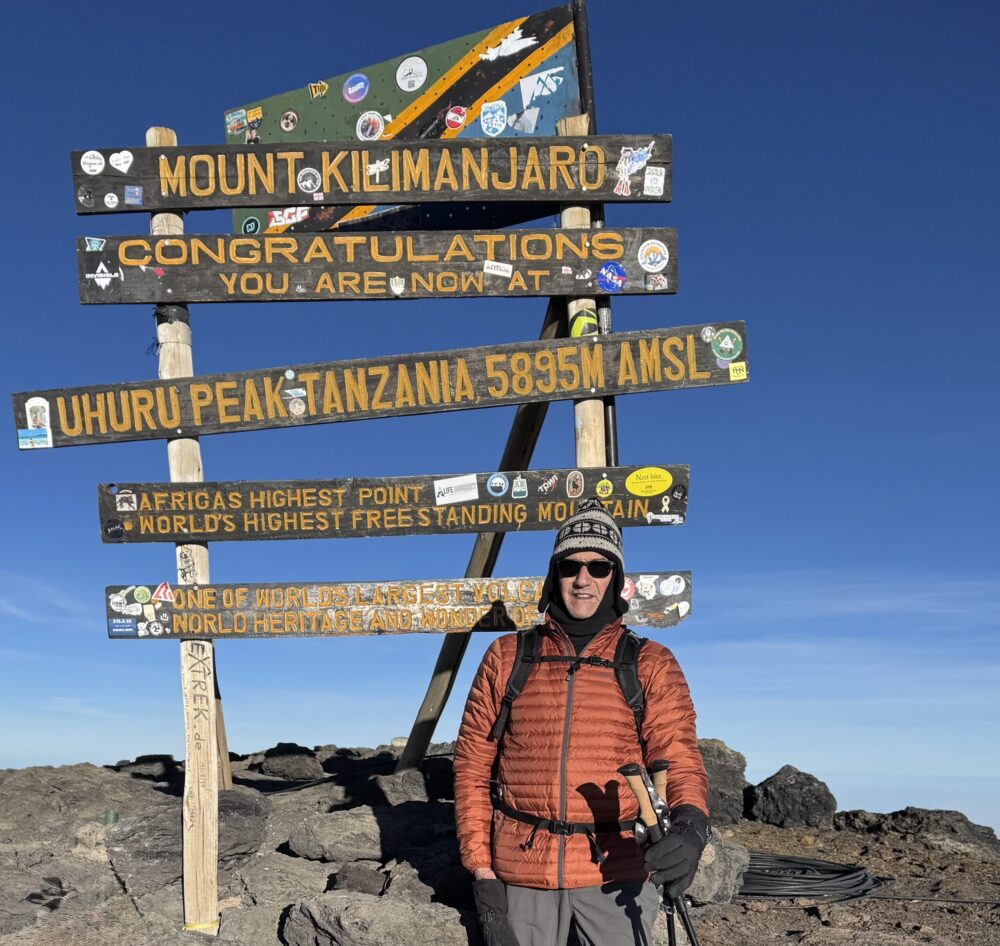
My favorite outdoor activity after downhill skiing is in actuality an underwater activity: scuba diving. Recently, I celebrated my 250th logged dive while in the Dominican Republic. It was a pretty tame plunge lasting about 50 minutes, no deeper than 50 feet, on the reefs of Isla Catalina near the southeastern city of La Romana. Nonetheless it was still quite gratifying.
My introduction to scuba diving (almost certainly) dates back to the early 1960s, when I was less than 10 years old. Our family had driven down to Cape Cod, Massachusetts, from Montreal that summer for some beach time. “Uncle” Larry, an eccentric but fun scallywag friend of my dad’s, had brought with him some of the relatively primitive scuba gear of the era and convinced me to give it a try. He then hooked me up and, with scant instruction, I explored the murky shallows near the shore, spotting a pair of feisty crabs and a lost golf ball. It was a magical experience that I would never forget.

Frankly, 250 dives over the next six decades is not a big deal (though I have made a number of unlogged dives as well). But I wasn’t certified as an Open Water Diver by the Professional Association of Diving Instructors until 1984. (Years later PADI and the industry more or less compelled me to upgrade my certification to Advanced Open Water Diver so I could continue diving on wrecks, among other things; for similar reasons, I qualified to use enriched air, or Nitrox, last May.) However, from the summer of 1989 until the spring of 2002 — almost 13 years — I gave up scuba diving entirely because of an apparent medical misdiagnosis.
On July 8, 1989, after emerging from Palau’s legendary Blue Corner, I began to experience worrisome signs: abdominal pain and numbness in both legs. With a maximum depth of 110 feet and an average depth of roughly 85 feet for 25 minutes before surfacing, then a brief return to 40 feet, I had pushed the PADI Dive Table’s no-decompression limits. (Note that the sophisticated dive computers I’ve used since then were not yet widely available.) Perhaps my excitement at one of the most-spectacular dive sites in the North Pacific and the world — crowded with sizable gray and white-tip reef sharks, and barracuda — got the better of me. I sank to my knees on the beach, whereupon two well-meaning Aussies employed the dubious technique of turning me upside down; this supposedly keeps nitrogen bubbles from rising to the brain.

By the time our boat was ready to return us to the main island, all of my symptoms had completely resolved. But a retired United States Navy doctor who was advising the local authorities as a consultant insisted that I be treated for either decompression sickness or an air embolism, which entailed nearly five hours in a cramped, antiquated recompression tube. (How I endured the claustrophobia of that treatment without sedation remains a mystery to this day.) And because I was at risk of a serious or even fatal dive accident in the future, he warned, I should give up the sport forever.
A decade passed and I started to get the scuba-diving bug again. So I decided to contact a physician affiliated with the Divers Alert Network here in New York City. Having performed a full medical workup on me, and reviewed my dive logs, he concluded that I was fit to dive — partly based on his determination that I hadn’t suffered from the bends or an air embolism in the first place. For those conditions do not quickly resolve without treatment. He remained my pulmonologist for many years, and I have made almost 200 dives without incident ever since.

Like alpine skiing, scuba diving is a great excuse to travel the world. In the Americas alone, I have dived in Aruba, the Bahamas, Belize, Bonaire, the Virgin Islands (British and U.S.), the Cayman Islands, the Dominican Republic, the Florida Keys, Honduras, Mexico, Panama, Puerto Rico, St. Vincent and the Grenadines, Tobago, and the Turks and Caicos Islands. I’ve also dived in Egypt’s northern Red Sea; Indonesia; the Maldives; the Hawaiian islands (Oahu and Kauai); Micronesia; Fiji; the Great Barrier Reef of Australia; and the Society Islands of French Polynesia. Come October I plan to dive in Zanzibar, off the coast of Tanzania in East Africa.
Among my most-treasured underwater memories are visiting the wrecks of the U.S.S. Liberty near Bali and the S.S. Thistlegorm in the Gulf of Suez. (I have encountered Great White Sharks from within a cage near Gansbaii, South Africa, but that doesn’t count as diving in my book.) When the subject comes up with novice divers I meet, I like to tell them that you don’t have to dive your entire life; but you should dive during your lifetime — to explore the nearly three-quarters of our planet covered by ocean yet unseen by so much of humanity.

Incidentally, the 250 logged dives equate to about 183 hours of bottom time.